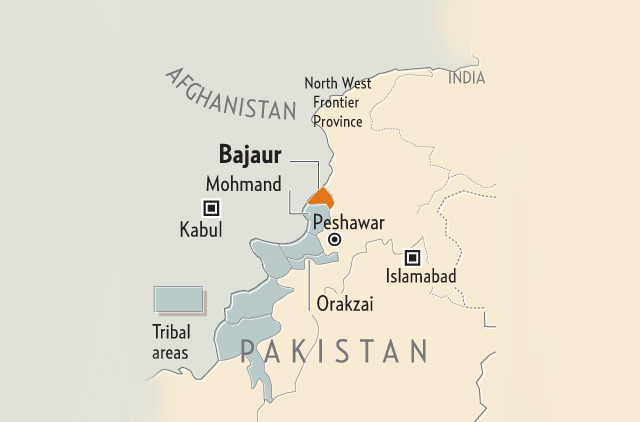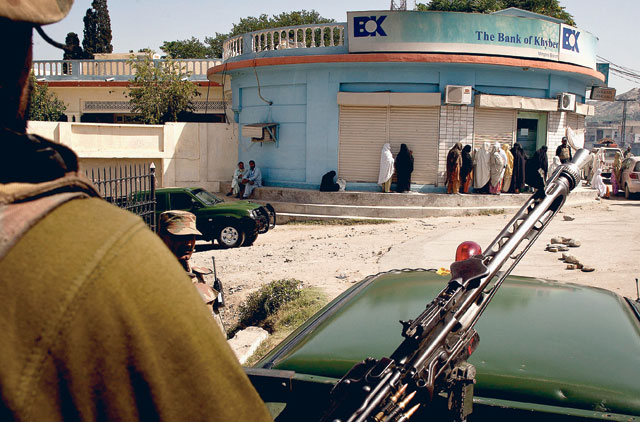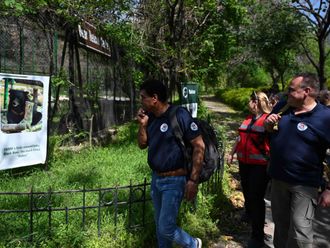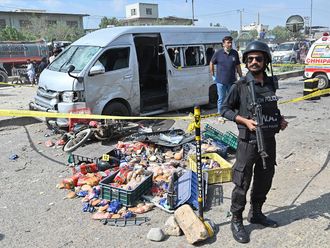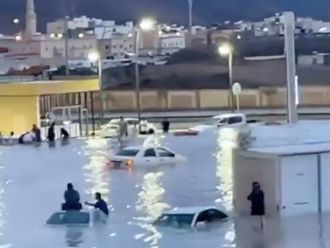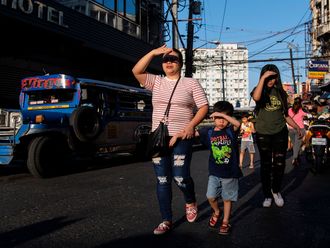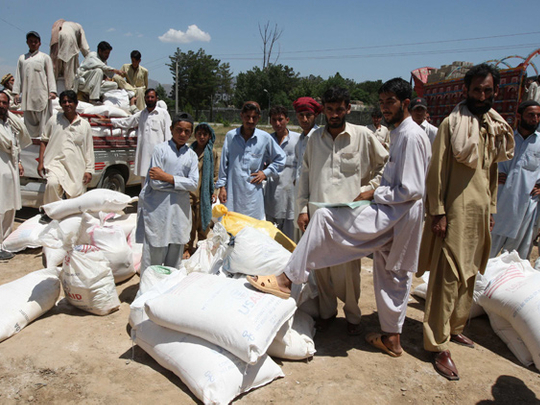
Swat: To be very honest, I was a bit scared to visit Swat Valley where until recently Taliban were ruling and beheading people who defied them.
In the famous ‘Khoni Chowk’ (blood crossing) they hung their bodies in public to spread panic and chaos in a bid to establish their dominance in the area.
But I gathered strength and got ready to go, come what may. As I came out of the hotel, I found our photographer Atiqur Rehman in high spirits and all ready to sail - but he has started smoking to ease tension and so did I (after a lapse of six months).
We jumped into a 4X4 with a lot of fear for any unforeseen incident.
But while my imagination repeatedly told me the journey to Swat Valley in the Malakand Division (just 170 kilometers from Islamabad) would be very dangerous, bumpy and probably life threatening, I was pleasantly surprised with smooth and safe drive on well maintained roads.
Though we were stopped at a few check points especially at the entrance and after entering the Malakand Division, it was a routine check and the soldiers only asked for the national identity cards.
Being Pakistanis, we did not face any problems, however, foreign nationals and journalists still need permission to access the areas just to ensure their security.
As our vehicle started climbing the road snaking up and down the mountains of lush green valleys, I recalled dreaded newspaper reports of roadside ambush and suicide attacks on vehicles.
To divert my attention, I decided to give my video camera an airing and started shooting the picturesque valleys which are known as heaven on earth. It took us just three and half hours to reach Barikot in Swat Valley.
I could not believe quite how much life has returned to normal in an area which was completely vacated during last year’s massive military operation against the Taliban.
Read part 1 of notes from the Taliban heartland
The offensive in May of last year had led to one of the biggest internal migrations in the mid of 2009 as some 2.2 million people out of a 2.5 million population of the Valley became Internally Displaced Persons (IDPs).
Just over a year on, it is a totally different story. A staggering 95 per cent of those people have come back to their houses, reopened their businesses and shops and started cultivating their rich agriculture lands.
A good thing too, the Swat Valley is known as one of the most fertile areas of Pakistan with best quality vegetables and fruit.
While there I also saw Taliban’s demolished houses which were razed to ground by military as community punishment.
Atiq and I got out of the car and started walking around. While excited, Atiq kept his finger on the button and reeled off thousands of pictures. When I talked to people I found they were very welcoming.
But along with the hospitality, there was also a fear of Taliban returning and many people told me this is the why they want army to stay in the valley permanently.
The first thing that attracted our attention was the first ever Vocational Training Institute for women in Swat. It opened in January this year after the military operation was completed and the army recaptured the area.
We went inside with the help of a friend and were greeted by an army Major and some female staff. It was interesting to note that the training institute which was opened with the support of army as part of its strategy to rehabilitate people has been built in house which was earlier owned by the Taliban.
Uzma Sharif, assistant manager of the institute gladly showed us around. We met female students who appeared to be the happiest people on earth to grab this opportunity. The aim is to empower them. The proudly showed us their embroidery work, clothes designed by them and also boasted their computer skills and some even impressed us with their English as they were attending spoken English classes.
It is the same Swat where hundreds of girl schools were destroyed and girls were banned from attending the school.
I must say that we also ventured out at around 9pm Monday to visit the area of ‘dancing girls’ of Swat.
We expected the roads to be deserted but the roads were quite busy and people were still visiting shops and restaurants. There is still heavy presence of army with massive security net as protective measures.
We came back safe at around midnight. I know you want to know about ‘dancing girls’ venture but I will tell you in the next diary tomorrow.


